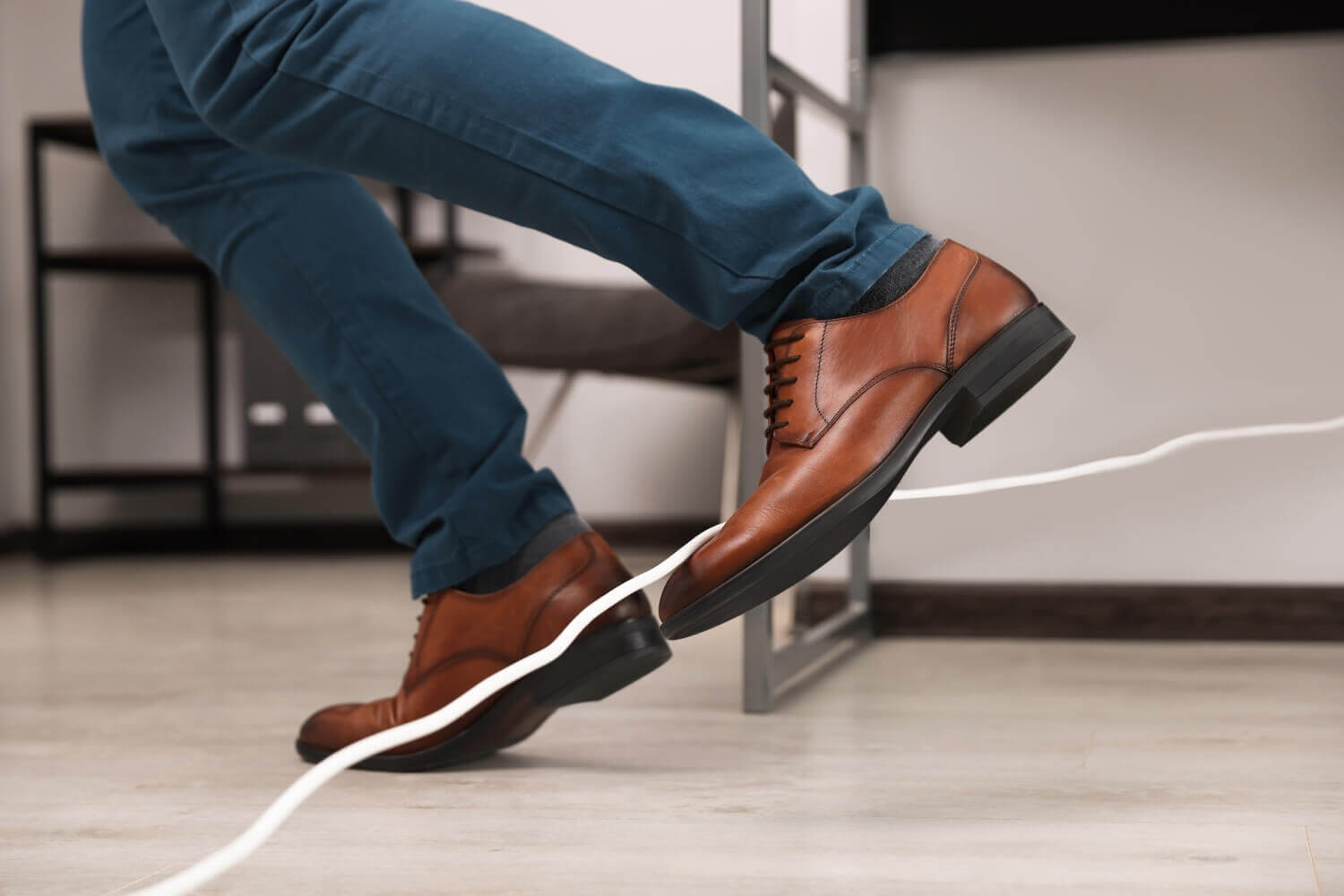Kingsbridge: business guide to public liability insurance
When someone gets injured in the workplace or has their property damaged, they naturally want to know who’s to blame.…
Delving into the world of business insurance can seem like a whirlwind, and that’s before you come across public liability…

Delving into the world of business insurance can seem like a whirlwind, and that’s before you come across public liability insurance vs products liability. They sound pretty similar (and they are) but they actually cover different things.
To best protect your business against claims, it’s super important to make sure you have the right cover for your needs.
If you’ve been scratching your head trying to understand public liability vs products liability, don’t worry – we’ll be outlining the difference below with some claim examples so you can make sure you get the right insurance.
*Disclaimer – this a general guide to insurance and exact coverage, conditions and exclusions may differ per policy and insurance provider. Please always check your policy documentation and/or terms & conditions for more details.
Public liability insurance and products liability insurance are similar in that they both cover compensation and legal costs in relation to claims of accidental third-party injury or property damage.
In both cases, the insurer will only respond if your business is found legally liable for the injury or damage.
Where they differ comes down to the cause or trigger of a claim:
Many businesses hold both types of cover because claims can arise unexpectedly from day-to-day activities or from the products they supply.
So, what exactly does each one cover?
Public liability (PL) insurance provides financial protection for claims where you/your business is held liable for accidental bodily injury or property damage to third parties.
Think of it as a safety net if someone gets hurt or their property is damaged because of something your business did (or didn’t do).
This type of cover helps with the legal costs and any compensation you might have to pay. Think of it as protection for those “just in case” moments – like a customer tripping over a loose cable in your shop or you accidentally damaging client equipment while visiting their office.
Public liability insurance covers costs including:
Public liability is typically operated on a ‘claims occurring’ basis. That means it will cover claims for incidents that occurred during the policy period even if your claim is made months or years after the policy end date.
It’s important to remember that if poor workmanship plays a part in causing an incident, you may not be fully covered – public liability may cover injury or damage caused by the failure, but not the cost of refitting or repairing the faulty work itself.
As mentioned above, products liability insurance is very similar to public liability in that it also covers accidental third-party injury or damage.
But where public liability applies to damage or injury caused by business activities, products liability instead covers claims caused by the products/goods you supply or manufacture (or their packaging). This is provided the claim arises from a defect in the product rather than the installation work itself.
Products liability insurance can also cover costs including:
Products liability is also operated on a ‘claims occurring’ basis – you’ll be covered for incidents that occurred during the policy period even if your policy has since expired.
It also won’t cover poor workmanship – injury or damage caused by the product may be covered, but not the cost of refitting or repairing it if it was installed incorrectly in the first place.
At Kingsbridge we regularly get asked the difference between public liability insurance and products liability cover, so if you still have any lingering questions, we’re here to help.
We’re also here to make getting the insurance you need easy. Did you know that we include Products Liability in our Public Liability policy? It’s included as standard with our Contractor Insurance package – subject to policy terms and limits.
Plus you can get the insurance you need with optional add-ons like Legal Expenses cover, Cyber Liability cover and IR35 Insurance.
If you want to check with our experts about what our policies cover, give our in-house team a call on 01242 312 604 – we can help make sure you’re covered. Or you can go straight to getting an online quote today.